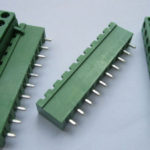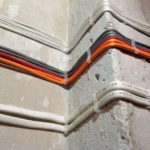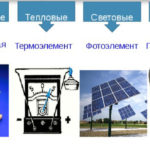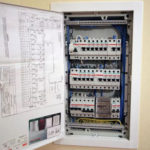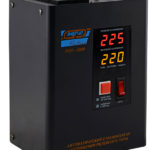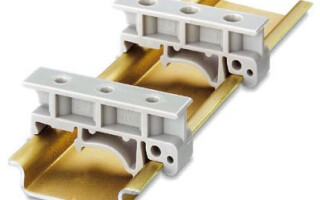Modern household switching equipment is modular. That is, all elements - switches, switches, RCD and so on are assembled from modules. All these modules have the same width and the same dimensions.
What is a DIN rail
The big advantage of such equipment is the fact that its fastening is simplified in comparison with the old types of this kind of equipment. Everything that was used for fastening in the past is no longer needed today. Modular equipment is mounted on a din rail (a bar made of metal). This is convenient for the one who installs it and safe even for an amateur, not only for a professional electrician.
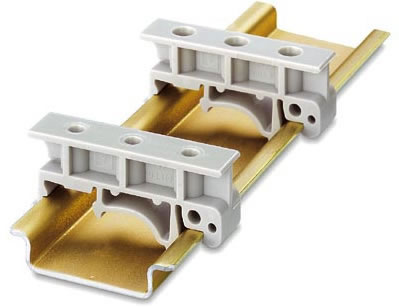
What does the name DIN mean? This is an abbreviation that stands for Deutsches Institut für Normung, which in translation into Russian means "German Institute for Standardization". This marking denotes not only mounting rails. It is also used for other mounting devices, as well as for marking some connectors.
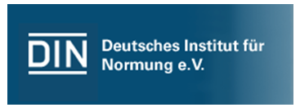
Din rail is a convenient, practical, reliable, durable device. At the same time, its price is quite low.
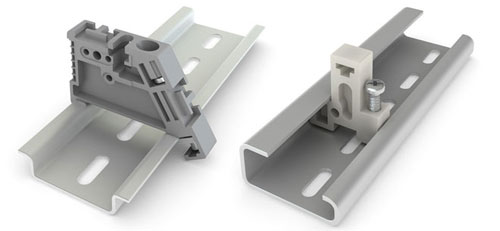
Since all modules have the same width, the same fasteners can be used to mount them.
Thanks to the invention of the din rail, it is now possible to equip the switchboard inside with completely different, modern, new equipment.
The old shields, which were fastened with screws, nuts, bolts, and so on, were only counter and two plugs. Today, such a device is considered, firstly, outdated and primitive, and, secondly, dangerous.
A modern electrical panel takes up much less space. And it has a rather rich filling: a protective bus, a zero bus, a working bus, at least 10 circuit breakers and other components. At the same time, assembling all the elements of such a device is quite simple, no more difficult than assembling a children's designer.
Such shield does not cause discomfort to the residents of the house, it does not interfere, does not spoil the appearance of the interior.
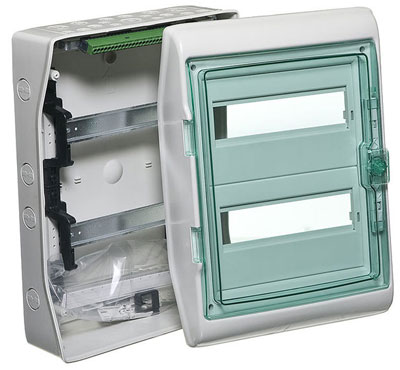
Types of din rails
What is a din rail? This is a reliable mount for modular electrical equipment. Previously, in order to fix old-style circuit breakers and electricity meters, craftsmen had to do a lot of work - drill holes, cut threads into these holes, and so on. To fix the devices, it was necessary to use nuts, screws, washers, bolts and other fasteners. It was not only quite inconvenient, but also unsafe. For example, if some screw fell out inside the shield, then a short circuit could occur.
Today, to fix modular electrical equipment, there is no need to use washers, screws, nuts, and so on. Instead, a din-rail mount is used, which is a metal bar. Rails can be made of various metals - steel, aluminum. They look like a complex metal profile. Such a fastening element can be perforated or solid. To make it easier to separate such slats, notches are applied to some of them. Simply put, these fasteners are very reminiscent of railway rails in their appearance, which is why they are often called din rails.
It is divided into types of din rail according to size, shape, strength, current strength, weight.
DIN rail types:
- Rail Ω-type. Its height is 7.5 millimeters. Width - 35 millimeters. In profile, the slats of this type resemble the letter Ω, hence the name. This type of din-rail is the most common. Such fasteners are used for floor and hinged shields.
- DIN-rail type "C". It differs in that its edges, when viewed in profile, are curved inward, and not outward, as in the previous type.
- Din rail type "G" similar to the previous one in its form. The machine is mounted on a DIN rail, which requires a fastener with similar parameters.
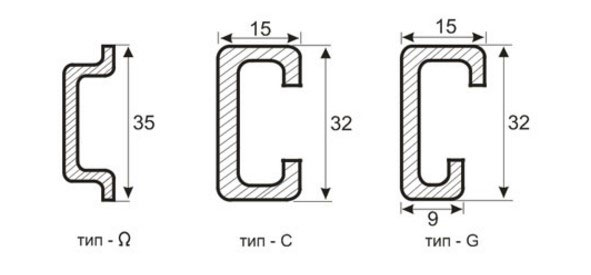
In addition, such slats may differ from each other in color and length. According to the standard, the length of the rail is two meters. But on sale, most often, you can find slats with a length of 200 millimeters. Stores sell them in this form, because it is convenient for buyers.
The most important thing is to choose the right rail that is right for your particular case.
What can be mounted on a din rail
Mounting din-rail is designed to mount the following devices on it:
- Relay;
- Protection devices;
- Terminals;
- Electric meters;
- Illumination relay;
- Zero tires;
- Voltage relay;
- control devices (buttons);
- Phase control relay;
- signaling devices (light bulbs);
- Power relay.
The din-rail for fastening machines and other modular equipment has protrusions at the edges, it is due to them that it holds the equipment that is installed on it. In this case, the device can move freely along such a DIN rail. If there is a need to limit the movement of the equipment, then for this purpose stoppers are installed on the rail, which prevent it from moving. They are located on the sides.
Often, holes are made in the cover of the shields for fixing, which correspond to the established technique. Some of the openings are covered with curtains that can be easily removed, while others cannot be fully opened. On some modular electrical appliances, latches are installed to securely attach them to the rail. To secure the device, just press the latch until it clicks. To unfasten the element, you need to use a flat-type screwdriver to push down such a latch.
Ensuring the correct fixing of the equipment on the rail is quite easy. To do this, just find it on the Internet and carefully watch a video with a master class, where professionals teach how to do it easier and easier.
Similar articles:
